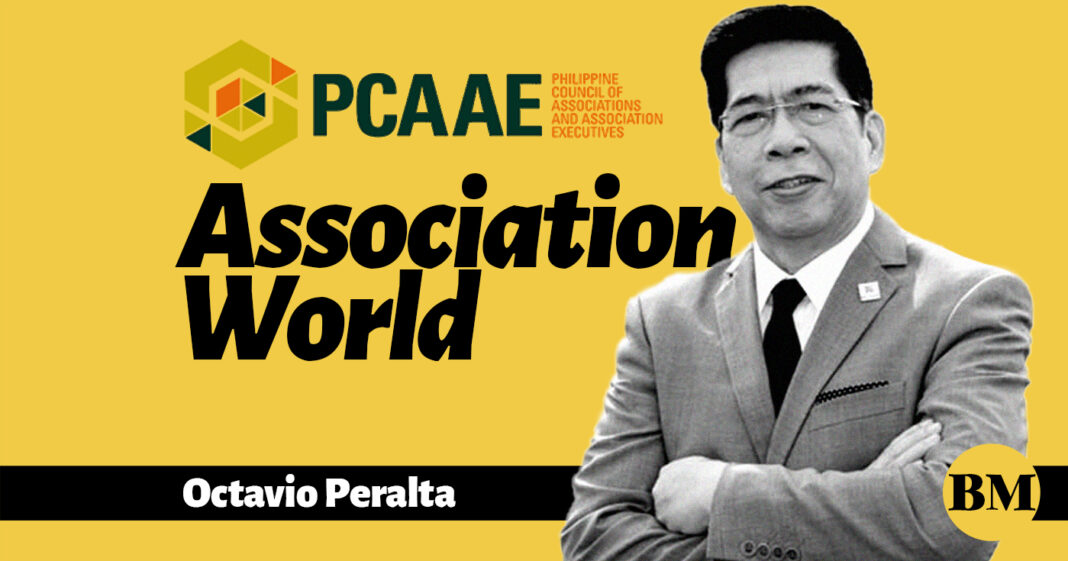
I RECENTLY attended a webinar presented by American association management expert and consultant, author, and professional speaker Mary Byers, entitled “The Race for Relevance in Post-Pandemic Times.” The webinar was organized by “Answers for Associations,” an Australian online community of associations headed by Angela Shelton.
The topic was based on Mary’s 10th anniversary edition book, “Race for Relevance: 5 Radical Changes for Associations,” which she coauthored with Harrison Coerver. Here are the six challenges for associations that Mary presented:
1. Time famine: Associations require members to take time to attend events, read their newsletters, serve in the board, committees and task forces, among others. In short, membership in associations has become time-intensive, contrary to what members expected.
There are ways to deal with time famine such as shortening programs and content sharing like using videos, social media snippets, bullet points, as well as offering micro-volunteering opportunities, e.g., research, literature reviews, data analysis, background information for regulators and press, review of proposals, or teaching and mentoring.
2. Value proposition or ROI: When members ask what they are getting for their membership dues, many associations reply by showing them a big list of things that they do. Mary says it’s like throwing “spaghetti on the wall and seeing what sticks!” For associations to succeed in today’s crowded marketplace, they need to focus on value and not the things that they do; not features but benefits, outcomes and results. A clear and succinct value equals easier member acquisition and retention.
3. Specialization and consolidation: Because of the reality of the marketplace, associations should be aware of industry specialization and consolidation. For industry specialization, for example, there are 147 medical specialties and as many associations. For consolidation, mergers in the financial, homeowners and airlines, for instance, are trends that affect their respective associations.
4. Generational differences: Millennials now represent half of the US workforce and the way they participate in associations is much different from the generations before them. Thy are “digital natives” and are more comfortable using technology, such as using apps for membership journey and education. So instead of an “either-or” strategy (either in-person or virtual, either digital or printed publication), associations should instead adopt an “and” strategy.
5. Increased competition: More than ever, associations face competition from within, i.e., associations like themselves or from vendor-members that they have, as well as from consultants and for-profit organizations that offer free content. Associations thus need to be alert, creative, and innovative.
6. Technology: Research shows most associations have been slow in adopting technology on behalf of their members. Compared to for-profit organizations which spend 8 percent of gross revenue on technology, associations only spend 1-2 percent. Associations need not only strategic plans but also technology plans.
The pandemic has been both an accelerant and a tailwind. It has accelerated the six challenges above but associations, despite time constraint and limited funding, have made things work. It has also been a tailwind for associations to be able to do now what they were supposed to do many years ago.
The column contributor, Octavio ‘Bobby’ Peralta, is Founder & CEO of the Philippine Council of Associations and Association Executives. PCAAE is holding the Associations Summit 9 (AS9) on November 24 and 25, 2021. The two-day virtual event is supported by the Tourism Promotions Board. E-mail inquiries@adfiap.org for more details on AS9.

